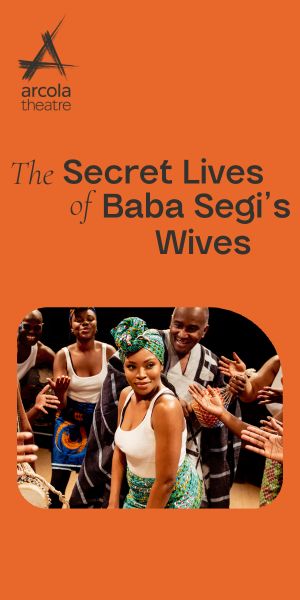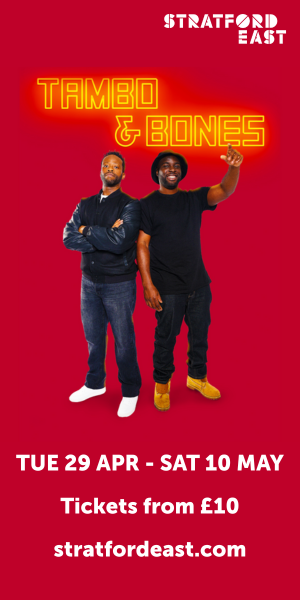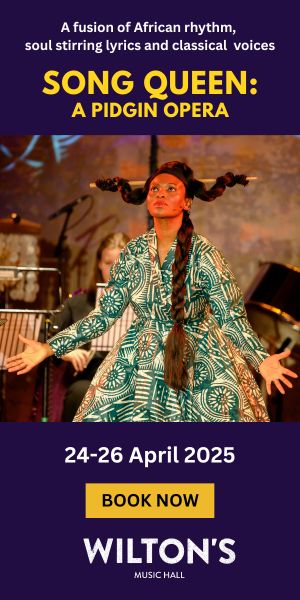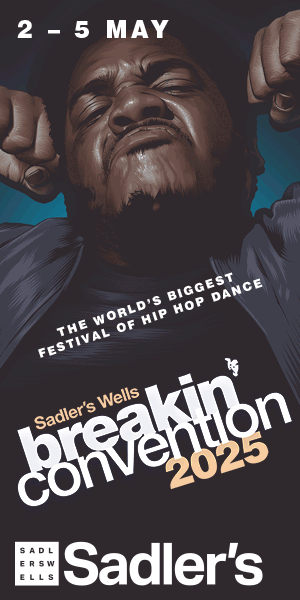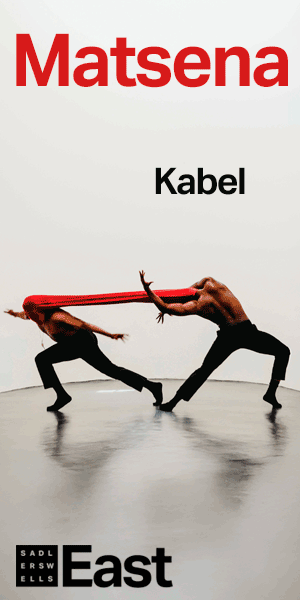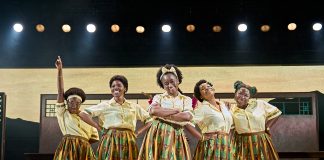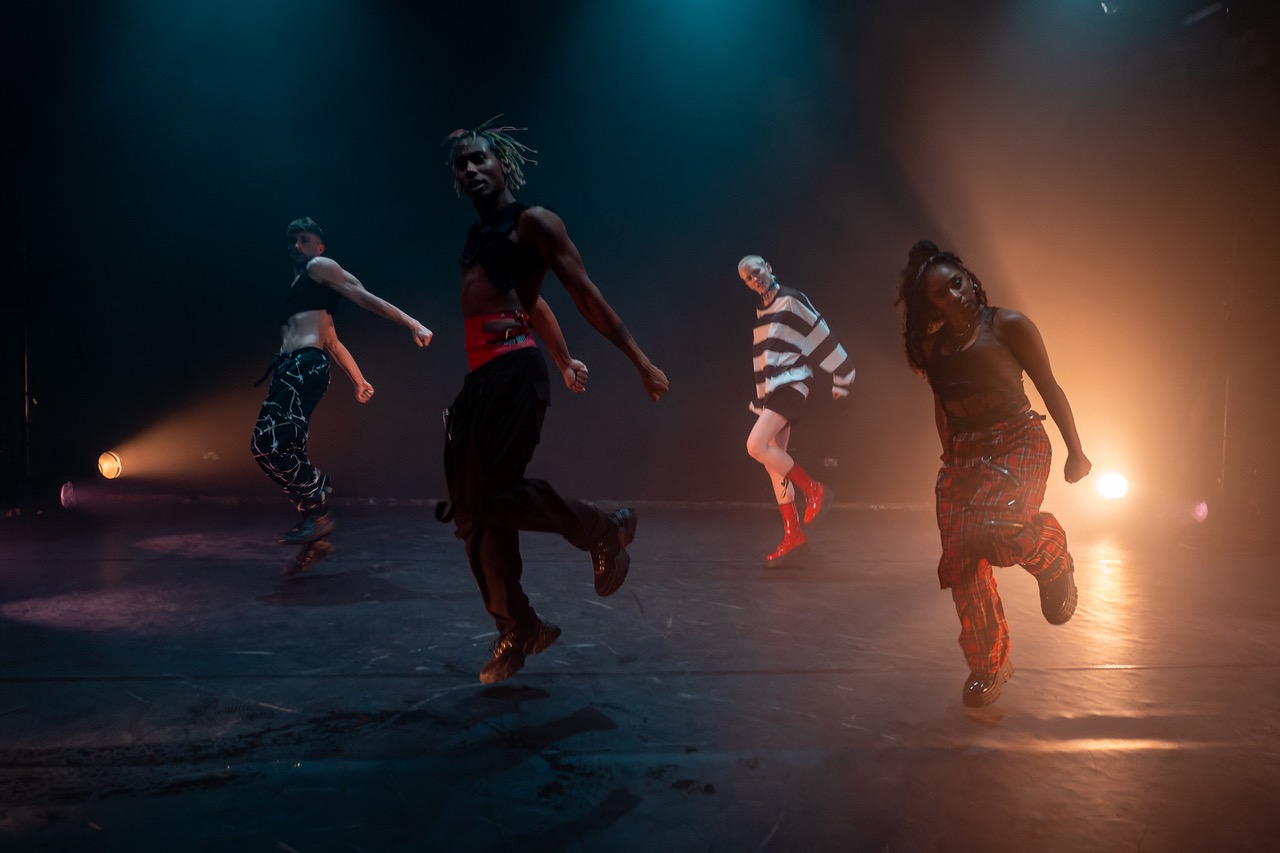
New York native and creative artist Malik Nashad Sharpe (AKA marikiscrycrycry) brings his conceptual choreography to the black box stage of Battersea Arts Centre this week. He’s Dead is an explorative experience of mental health through the lens of marginalised blackness, and attempts to answer the unanswerable; was Tupac depressed?
In three acts, He’s Dead is a layered exploration of a turbulent mind: rage, despair, and acceptance. The aesthetics of each dancer show us how costuming can inform theme without being distracting. The four dancers are clad in a post-apocalyptic uniform, subversive basics mixed with chains, distressed mesh, platforms, and plaid; all elements that suggest the turmoil that is to encompass these individuals.
The musical choices throughout He’s Dead are excellent at not only establishing the overall tone of the piece, but to also serve as a wider insight into the culture of mental health within the black community, especially within these styles of music
Malik uses dance references from black pop culture as well as dynamic shapes and experimental movements to draw you in, mostly sharing the stage with fellow dancer Blue Makwana, both of their energetic and skilful motions being nothing short of hypnotizing.
Everything is up for personal interpretation; the first act to me seems to represent a mind at war with itself, the space filled with a phantasmagoria of pain and a person who refuses to be beaten down by a world that dehumanises their blackness, unwavering in its belief that we don’t belong. The seemingly endless stream of piercing sound and flashing lights barely gives you a chance to breathe in the first twenty minutes, but I found this to be an insightful decision to envelop the audience into the chaos and conflict that would be felt by anyone experiencing this state of mind first-hand.
The musical choices throughout He’s Dead are excellent at not only establishing the overall tone of the piece, but to also serve as a wider insight into the culture of mental health within the black community, especially within these styles of music. The soundscape blends subgenres together forming a backdrop of emo-rap, drill, trap, indie rock and alternative hip-hop, bringing to light that the question of Tupac’s mental health isn’t one that is only resigned to his time.
He’s Dead is bold, thought provoking and moves you in the way art should; it disturbs you intentionally and speaks on the subject of mental health in a way that doesn’t centre the saccharine positivity that can sometimes take over the conversation in recent years
I am reminded of the culture surrounding rappers such as XXXTentacion and Juice Wrld that is no different, known amongst their cult followings for their alienation themed rap style, mixing genre and speaking openly about their depression. This despair is released in the second act’s blue lit dreamscape, Malik appearing as a hooded figure and wading around the three lifeless bodies that lay around the space, culminating in Malik singing out his anguish over a dissonant soundtrack, repeating in a loop, ‘he cried so many tears, I’m so lost and I’m weary’.
Our final act shows Malik and Blue sharing a ritual cleansing away of the wounds that have been opened, dousing themselves in water in a beautiful moment of slowness and relief that you can’t help but share with them. Out of the darkness and into the light, pink and gold tones end our journey, leaving us with a message of hope and individuals who have come out the other side fighting.
He’s Dead is bold, thought provoking and moves you in the way art should; it disturbs you intentionally and speaks on the subject of mental health in a way that doesn’t centre the saccharine positivity that can sometimes take over the conversation in recent years. Malik’s portrayal of the black psyche in all its dimensions is daring and well worth celebrating, prompting a larger conversation amongst us all about what truly lies behind the scenes of the art, and what is hidden behind the eyes of the artist.
























